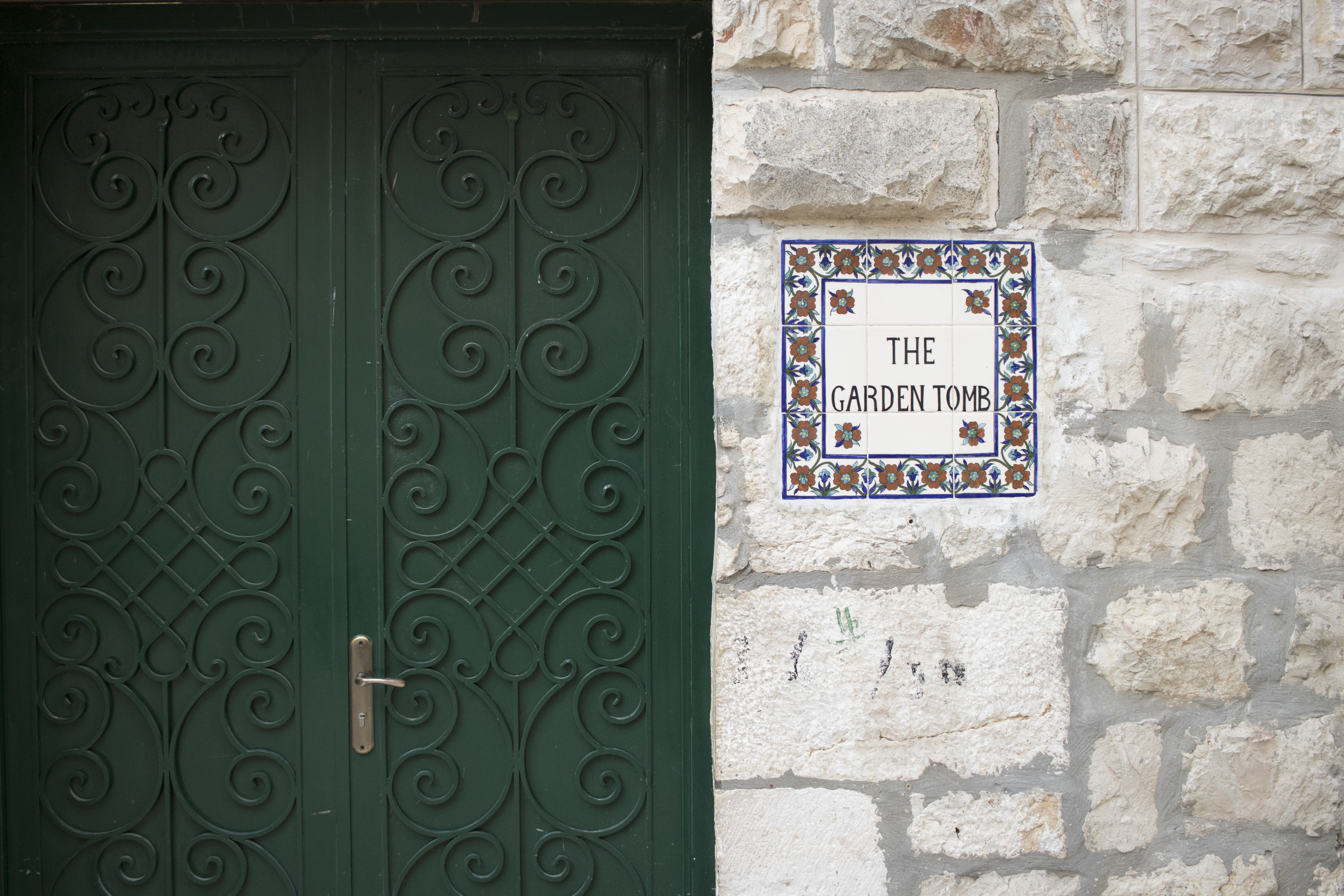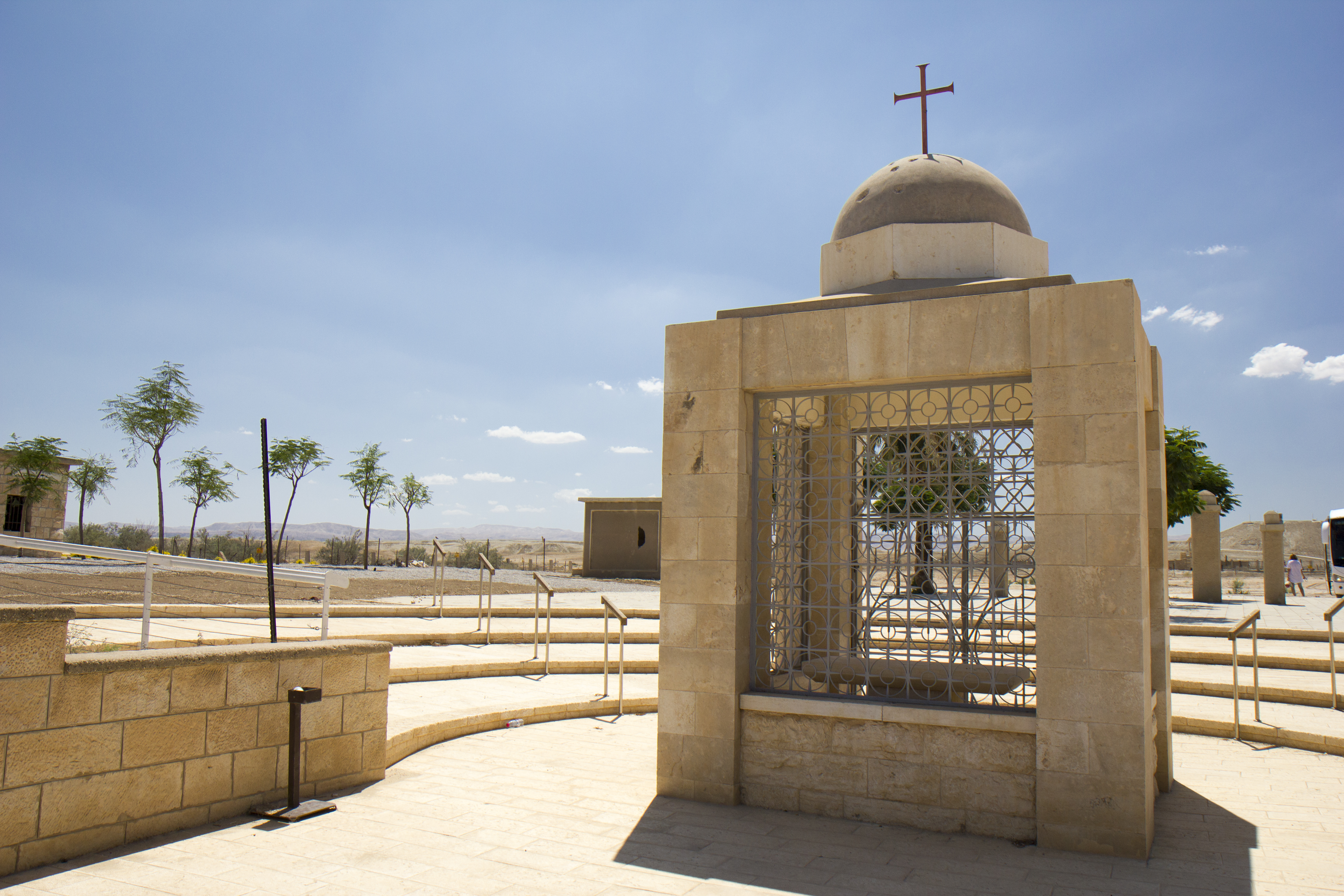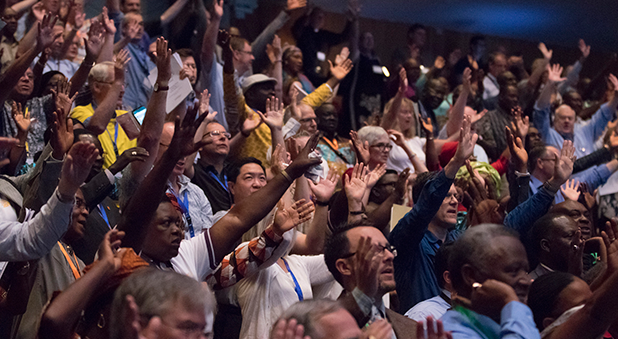Having just returned from Jerusalem, attending the third Global Anglican Future Conference (GAFCON), I was again reminded of the history of the old city, where God’s glory was made manifest in the presence of the incarnate Jesus.
Ancient monuments to Old Testament times are also present, with none more prominent than the Western Wall of the temple. Nothing is left of Solomon’s Temple, destroyed by Nebuchadnezzar in 586 BC, but the Western Wall of Herod’s Temple still stands some 2000 years after it was completed in AD 20. Herod’s Temple was an enlargement of the temple of Zerubbabel (built after the Exile), however, it was destroyed by the Romans in AD 70.
The remnant of the Western Wall is some 50 metres long and 20 metres high, though it extends much deeper into the earth. It is most notable for the presence of many Jewish pilgrims who come to the Wall to pray, wedging written prayer requests between the giant limestone courses as they stand and sway, expressing their prayers in audible tones of lament. The term “Wailing Wall” was coined by European travellers centuries ago who witnessed the mournful vigils of pious Jews before the relic of the sacred temple, praying for its restoration.

Prayer and God’s Temple?
Of course, the association of prayer and temple is not new. Prayer in the presence of God is the appropriate response of those made in the image of God, who know they fall short of the glory of God, yet who rest upon his promise of forgiveness when they stand before their Maker. Thus when Abraham built an altar, he called upon the name of the Lord, as did Isaac. David’s desire to build a temple was marked by prayer, as was Solomon’s dedication of the temple when it was completed. The house where God’s name was to dwell was the place where Israel would call upon his name, “my house of prayer”.
What about the New Testament?
In the New Testament, Anna is described as regularly praying in the temple, where Simeon led by the Spirit of God offers his prayer when he encounters the Christ child. Jesus introduces his parable of the Pharisee and the tax collector with the words: “Two men went up to the temple to pray”. Moreover, in rebutting the moneychangers in the temple, Jesus declares: “Is it not written, ‘My house shall be called a house of prayer for all nations’?, citing Isaiah 56:7.
Yet, we have no temples under the new covenant, at least none of bricks and mortar. Our church buildings are not temples of God. For Jesus foretold a different arena for our worship: “Neither on this mountain [speaking of Mt Gerizim] nor in Jerusalem will you worship the Father… the hour is coming when the true worshippers will worship the Father in Spirit and truth, for such the Father seeks to worship him”.

Jesus body is our temple
As Jesus had foretold the destruction of Herod’s Temple, to the astonishment of his listeners, he predicted the raising up of the temple of his body. This concept is further expounded by the apostle Paul where he speaks of our union with Christ, as our being the temple of the Holy Spirit. Significantly, God’s temple is not only the gathered people of God, but every believer’s body is also a temple.
We are the temple of the Holy Spirit
As temples of the Holy Spirit, joined to Christ as our cornerstone, we are always in God’s presence. The Holy Spirit has taken up temple-residence in our bodies. This is a remarkable thought in itself, and one worth meditating upon when we are tempted to sin.
It also means that we are always in the place of prayer: our access to God is immediate. God has come to dwell with us, our Immanuel, and so we are always in his presence.
When Paul invites the church of the Thessalonians to “rejoice always, pray constantly and give thanks in all circumstances” he is speaking of prayer and praise from the temple of our bodies.
Of course, when we gather as one body, then the richness of our temple worship is magnified, as we gather in the presence of angels. One of God’s angels then mixes incense with the prayers of all the saints in the golden altar before the throne of God in heaven.
This is a breathtaking image, which should humble us in our prayers, knowing God is using them for his purposes.
At the same time, the reminder of our temple status should give us a renewed appreciation of the holiness of life to which we are called, and the life of prayer that characterises those who dwell in God’s temple.














